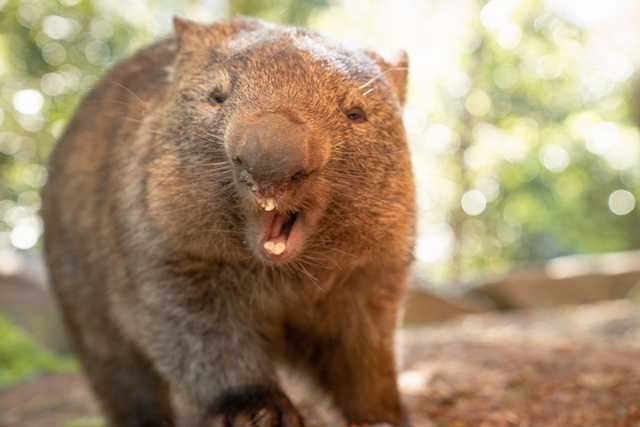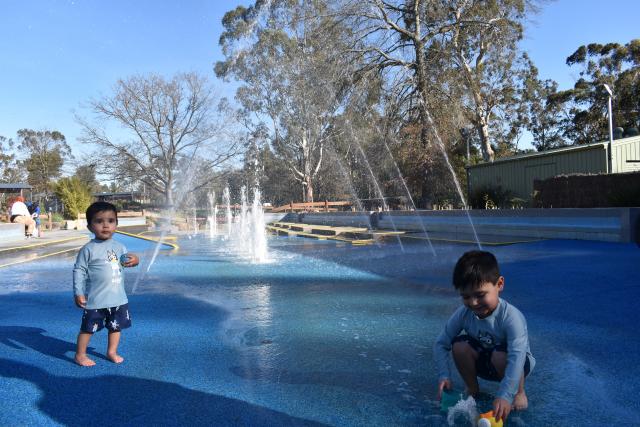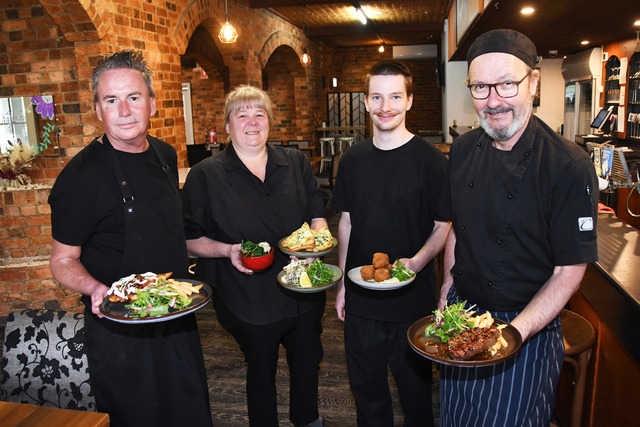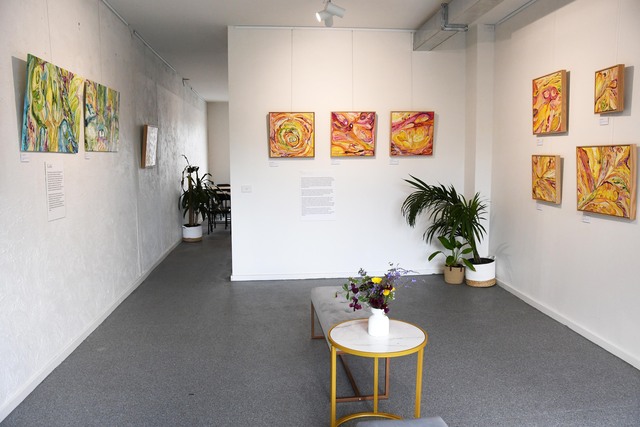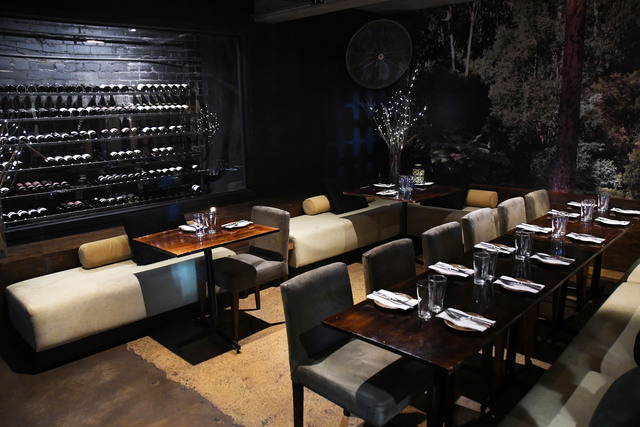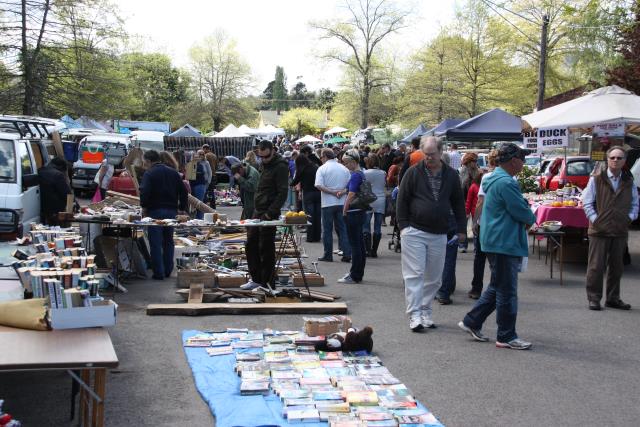Wombats Gem and Milo are receiving top notch dental care at Healesville Sanctuary with a specialist brought in to ensure their toothy pegs are healthy.
The short and stout marsupials have teeth that continue to grow for the entirety of their life, that’s why they munch on coarse native grasses to grind down their chompers.
Healesville Sanctuary Keeper Mia Hammond said they provide diverse types of fibrous food for the wombats to wear their teeth down and do dental check-ups to ensure everything is on track.
“Milo and Gem were amazing patients and it all started with their training to voluntarily enter a crate, so they could calmly see the dentist at our wildlife hospital,” she said.
“We are really happy with the amount we are checking Gem’s teeth because she has a history of a bit of overgrowth, and Milo is looking really good too.”
The entire dental procedure was broadcast on a screen allowing the veterinary team and visitors to see each tooth in real-time.
Wombat teeth look different to human teeth. The brown stuff on the surface of their teeth is called secondary dentine, and that’s what wombats use to grind food into small pieces. If you saw that on human teeth you would be a little worried, but it is completely normal for wombats. After the procedure under general anaesthetic, keepers and vets made sure they were drinking and eating well. Gem and Milo made a full recovery. The dental check-ups were made possible thanks to expertise and support of Equine Veterinary Dental Surgeon Dr Paul Owens.
As their name suggests, Common Wombats are commonly found across Australia from the tip of Queensland to Victoria, and throughout South Australia and Tasmania. While they are not considered endangered, cars and road trauma pose a threat to these animals in the wild.
Visitors can view the incredible medical procedures that take place at the Sanctuary’s Australian Wildlife Health Centre (AWHC) via the internal glass walls of the hospital. The AWHC team treats around 2000 wildlife patients each year.

